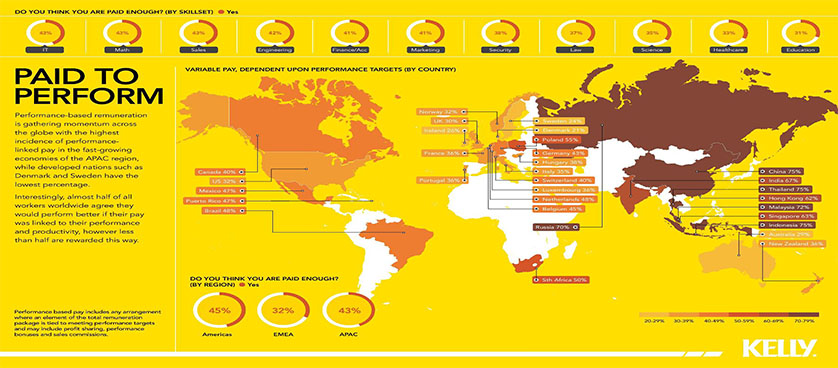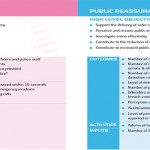Is performance pay linked to increased productivity?
Typically, having employees’ productivity assessed against agreed benchmarks enhances managers monitor if the personnel is meeting the expectations set. As a consequence, the workplace performance influences employees’ payments: increased productivity leads to higher financial benefits, while low productivity attracts reduced levels of the salary.
However, in the Bay of Plenty Region of New Zealand, employees’ payments are not driven by their productivity. Brenda Pilott, Public Service Association national secretary, sustains that ‘performance pay was presented as a way to reward effort and lift performance in local and central government during the late 1980s and ’90s – and it didn’t work then’. As a result, it is not believed that ‘performance pay leads to improved performance – especially in the public sector- because work is not profit-driven or influenced by things such as sales margins.’
Of course in the sales industry, the performance pay is the most clearly individualized: if a person reaches the given target, afterwards he receives a higher level of commission. However, in all jobs, targets should be set and employees’ performance should be permanently tracked, in order to have the personnel motivated. If their workplace performance would translate in a differentiated salary, they would all strive to increase their productivity. Therefore, Key Performance Indicators need to be attached to employees, so as to easily assess whether they meet, exceed or do not reach the minimum expected level of performance.
The Kelly Global Workforce Index released in 2013, surveyed more than 120,000 employees in 31 countries, including more than 3,500 New Zealand nationals, and it was found that Bay of Plenty Region had one of the lowest levels of performance-based pay in the Asia Pacific region. Also, according to the same survey, just 36% of New Zealand employees had a part of their pay linked to productivity targets. On the other extreme, China, Thailand and Indonesia had a 75% variable pay, dependent upon performance targets.
Another finding of the survey was that half of the New Zealand employees who did not have their pay tied to their performance, said they would lift their performance if their earnings were linked to productivity. So, companies aiming at increased productivity and better results shall take into consideration the performance-based remuneration.
References:
- Bay of Plenty Times (2013), Performance-based pay not common in NZ
- Kelly Services (2013), Workplace performance

Tags: Performance in New Zealand, Sales and Customer Service performance, Talent management, Targets




